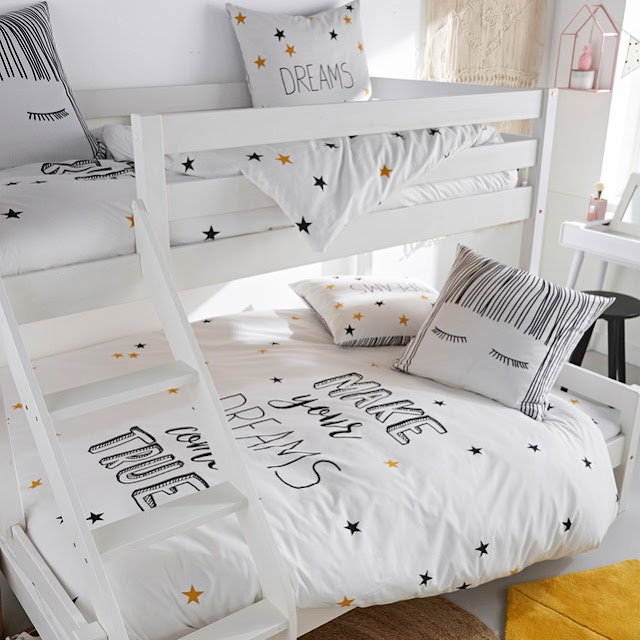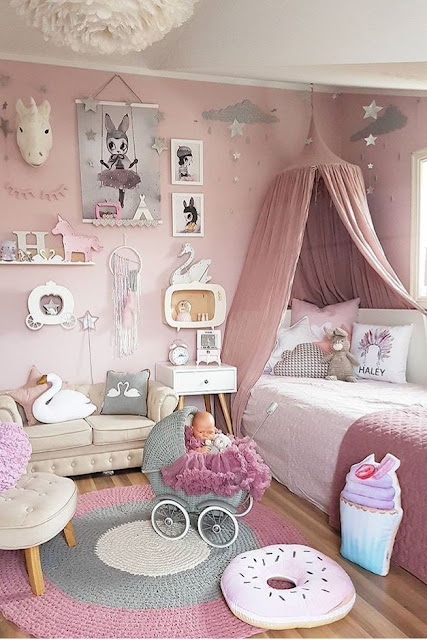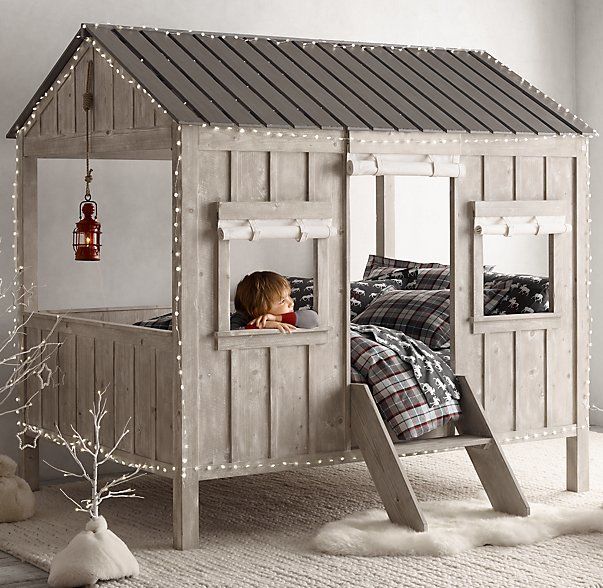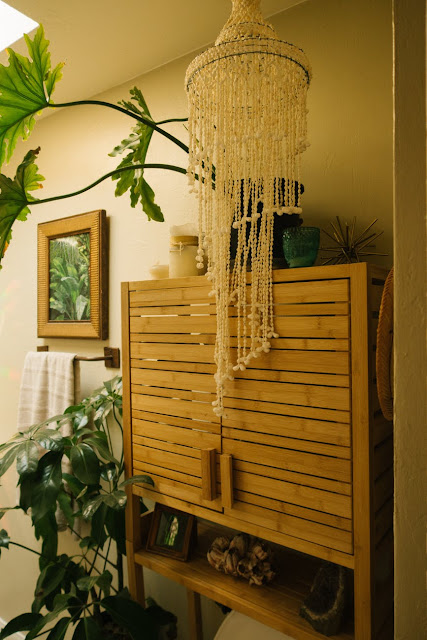Infant bed
new post
An infant bed is a small bed especially for infants and very young children. Infant beds are a historically recent development intended to contain a child capable of standing. The cage-like design of infant beds restricts the child to the bed.
Between one and two years of age, children are able to climb out and are moved to a toddler bed to prevent an injurious fall while escaping the bed.
Eventually, infant beds started to be built with the child's safety in mind; the intention was to keep the baby from rolling off the bed, so mangers and bassinets were created. Over time, more furniture was created with the infant's safety in mind, and there are several types and functionalities of these.
Typical pieces include an infant bed changing table, high chair, play pen, and toy chest. Products, features, and costs vary between countries and have changed over time. Safety is of paramount importance.
Bedside sleepers are a component of rooming-in, a practice followed in hospitals to keep the baby by the mother's bed, giving her time to establish a stronger bond with her baby.A bedside sleeper is defined by the United States government as "a rigid frame assembly secured to an adult bed that is intended to provide a sleeping environment for infants.
Usually, one wall of the bedside sleeper is lower than the others, which allows the parent to easily reach for the child at night. Most bedside sleepers are multi-mode, meaning that they can be converted into bassinets.
A carbonized cradle was found in the remains of Herculaneum left from the destruction of the city by the eruption of Mount Vesuvius
Infant bed
Infant beds are a historically recent development intended to
contain a child capable of standing. The cage-like design of infant
beds restricts the
child to the bed. Between one and two years of age, children are able to
climb out and are moved to a toddler bed to prevent an injurious fall while escaping the bed.
An infant bed is a small bed especially for infants and very young children. Infant beds are a historically recent development intended to contain a child capable of standing. The cage-like design of infant beds restricts the child to the bed.
Between one and two years of age, children are able to climb out and are moved to a toddler bed to prevent an injurious fall while escaping the bed.
Baby furniture
Baby furniture refers to furniture created for babies. It is often used to help
the parents of the baby keep it safe and comfortable in the home. Before baby
furniture, parents would sleep with their children in their own beds, which
could be dangerous for the child.
Eventually, infant beds started to be built with the child's safety in mind; the intention was to keep the baby from rolling off the bed, so mangers and bassinets were created. Over time, more furniture was created with the infant's safety in mind, and there are several types and functionalities of these.
Typical pieces include an infant bed changing table, high chair, play pen, and toy chest. Products, features, and costs vary between countries and have changed over time. Safety is of paramount importance.
Bassinet
A bassinet, bassinet, or cradle is a bed specifically for babies from birth to about four months. Bassinets are
generally designed to work with fixed legs or casters, while cradles are
generally designed to provide a rocking or gliding motion.
Bassinets and
cradles are distinguished from Moses baskets and carry cots,
which are designed to be carried and sit directly on the floor or furniture.
After four months, babies are often transferred to a sleeper crib.
Bedside sleeper
A bedside sleeper, also referred to as a sidecar sleeper or bedside
bassinet, is a bassinet or baby cot that attaches to the parents' bed,
allowing newborns to sleep next to their parents safely. This is a
form of safe co-sleeping, and has little risks
associated with sudden infant death syndrome,
unlike bed sharing.
Bedside sleepers are a component of rooming-in, a practice followed in hospitals to keep the baby by the mother's bed, giving her time to establish a stronger bond with her baby.A bedside sleeper is defined by the United States government as "a rigid frame assembly secured to an adult bed that is intended to provide a sleeping environment for infants.
Usually, one wall of the bedside sleeper is lower than the others, which allows the parent to easily reach for the child at night. Most bedside sleepers are multi-mode, meaning that they can be converted into bassinets.
Cradle (bed)
A cradle is an infant bed which rocks but is non-mobile. It is distinct from a typical bassinet which is a basket-like container on
free-standing legs with wheels.
A carbonized cradle was found in the remains of Herculaneum left from the destruction of the city by the eruption of Mount Vesuvius










































































